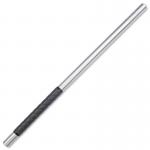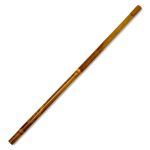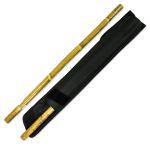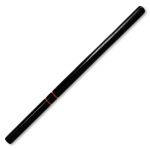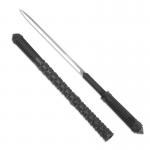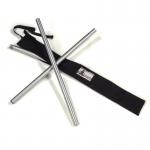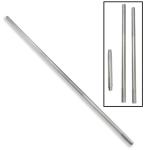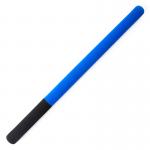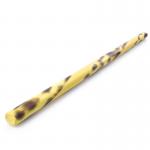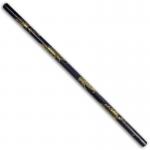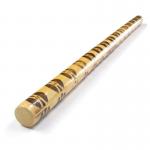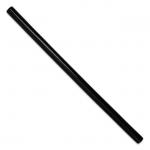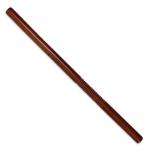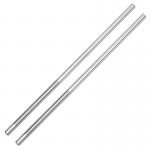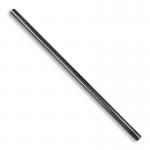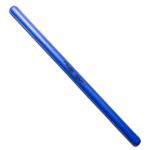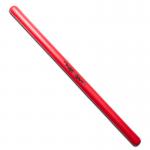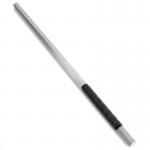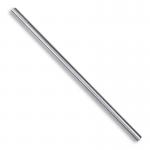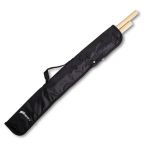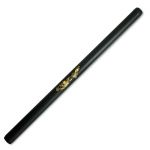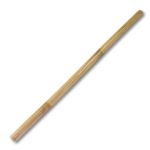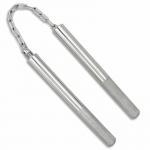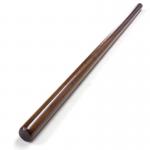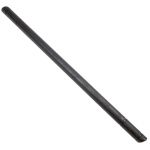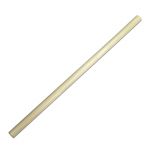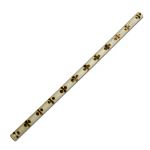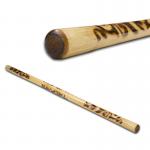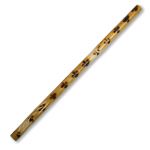Escrima Sticks
-
$16.95
-
$89.95
-
$84.95
-
$18.95
-
$94.95
-
From $154.95
-
$18.95
-
$18.95
-
$26.95
-
$26.95
-
$94.95
-
$18.95
-
$18.95
-
$89.95
-
$18.95
-
$109.95
-
$104.95
-
$39.95
-
$22.95
-
$14.95
-
$26.95
Filipino martial arts, including Eskrima, Kali, and Arnis, are steeped in centuries of history. The Philippines, being an archipelago with a long history of indigenous warfare and colonial encounters, developed these martial arts as practical tools for both unarmed and armed combat. While the exact origins of these arts remain debated, many historians believe that they were developed over hundreds of years to aid in personal defense, particularly against invaders such as the Spanish colonizers. The term "escrima" itself is derived from the Spanish word "esgrima," meaning fencing or swordsmanship, which highlights the dual influence of European martial traditions and indigenous Filipino methods of warfare.
Escrima, Kali, and Arnis are often used interchangeably, though they have nuances in their application and focus. Kali is widely regarded as the most ancient form of Filipino martial arts, focusing on a broad range of weapons, including sticks, knives, swords, and even improvised tools. Arnis, which is sometimes considered a derivative of Kali, emphasizes stick fighting and unarmed combat. Eskrima, which also shares roots with Kali and Arnis, focuses heavily on the use of sticks for self-defense and combat. Regardless of the specific style, these arts share common principles and techniques, such as angles of attack, footwork, and timing, making the mastery of escrima sticks crucial for proficiency in any of these systems.
Historically, escrima sticks were used not just in formal martial arts training but in real-world combat scenarios. In the Philippines, warriors would often carry sticks as part of their daily attire, as they were practical for self-defense, especially in areas where firearms were unavailable or restricted. The design of the sticks themselves reflects the need for mobility and effectiveness in a variety of situations. The sticks are typically around 28 to 30 inches in length, designed to be light enough to carry but long enough to deliver powerful strikes. They were used both as a tool for defense against bladed weapons and as a weapon for attacking an opponent in close quarters. The ability to quickly switch between offensive and defensive movements is a key aspect of using escrima sticks effectively, and it is this balance of speed, control, and versatility that makes them so effective in combat.
The versatility of escrima sticks is one of the primary reasons why they remain popular in modern martial arts. Despite the advent of firearms and other modern weaponry, many Filipino martial artists continue to train with escrima sticks as a way of preserving traditional combat skills. These sticks are seen as an excellent training tool because they can simulate the dynamics of combat with a variety of other weapons, all while remaining less dangerous than using actual swords or knives. The importance of training with sticks in Filipino martial arts cannot be overstated, as it is often said that mastering the stick provides the foundation for mastering the sword, knife, and even empty-handed techniques.
Escrima sticks are typically made from lightweight, durable materials like rattan and waxwood, both of which offer a combination of flexibility and strength. Rattan, in particular, is favored for its ability to absorb shock without splintering, making it ideal for both training and sparring. Waxwood, which is denser and harder than rattan, is also a common choice for those who prefer a more solid feel in their weapon. While traditional materials like rattan and waxwood are still widely used, modern variations of escrima sticks are available in materials like aluminum, thermoplastic, and steel, offering greater durability and versatility in certain training scenarios. Aluminum sticks, for example, are often used for outdoor training, as they are less susceptible to environmental damage, while thermoplastic sticks are prized for their lightweight nature and ability to withstand impact.
Training with escrima sticks goes beyond simply learning how to swing them. Advanced practitioners engage in a variety of drills designed to improve timing, reaction speed, and the ability to defend against different attacks. The "flow" of stick fighting is a critical concept in Eskrima and Kali, where the practitioner continuously switches between offensive and defensive maneuvers. Techniques such as "redondo" (a circular strike), "abierta" (an open strike), and "thrusts" are integral parts of the arsenal that can be used with escrima sticks to defend against or overwhelm an opponent. These techniques are often performed in specific patterns or "combinations" that help practitioners internalize the movements and responses required during real combat situations.
The application of escrima sticks extends beyond the individual and into a wider community of martial artists who practice these traditional Filipino arts. At KarateMart.com, we understand the importance of providing high-quality escrima sticks for practitioners at all levels. Whether you're a beginner looking to start your journey in Kali or Arnis, or an experienced Eskrima practitioner searching for top-notch sparring equipment, our selection includes a wide range of sticks made from both traditional and modern materials. Our goal is to ensure that you have the right tools to refine your technique and elevate your practice.
The use of escrima sticks is not limited to martial arts training; these weapons have found their way into various forms of competition and even self-defense scenarios. In many Filipino martial arts schools around the world, sparring with sticks is a common and essential practice, allowing students to simulate combat in a controlled environment. Competitive events, such as tournaments and exhibitions, often feature escrima stick fighting as a showcase of skill, agility, and strategy. These events highlight the importance of maintaining control over one's weapon while simultaneously adapting to an opponent's movements. The versatility of the stick, as both a defensive and offensive tool, plays a critical role in these events.
For those interested in learning more about Filipino martial arts and the use of escrima sticks, it is important to recognize the deep cultural and historical significance of these arts. Kali, Eskrima, and Arnis are not just martial arts - they are expressions of Filipino heritage, passed down through generations. Each movement and technique holds a story, reflecting the resilience and ingenuity of the Filipino people. By practicing with escrima sticks, you're not only improving your own combat abilities, but you're also connecting with a rich tradition that spans centuries.
In conclusion, whether you're training for personal self-defense, competition, or simply to deepen your understanding of Filipino martial arts, escrima sticks are an essential part of your journey. From their origins in the Philippines to their modern-day applications in training and combat, these sticks represent a timeless martial art that continues to evolve while retaining the core principles of speed, precision, and adaptability. At KarateMart.com, we are committed to providing you with the best selection of escrima sticks, so you can continue to develop your skills and stay connected to this ancient and dynamic martial tradition.








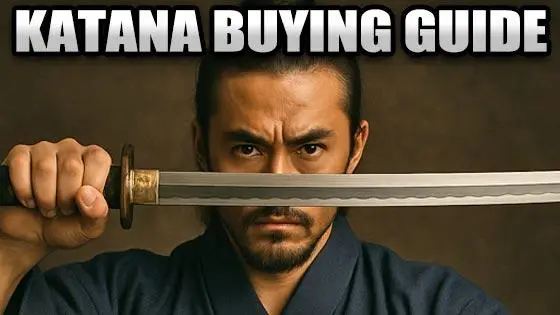
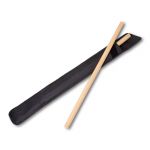

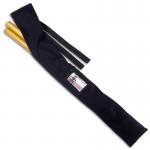

 (1)
(1)